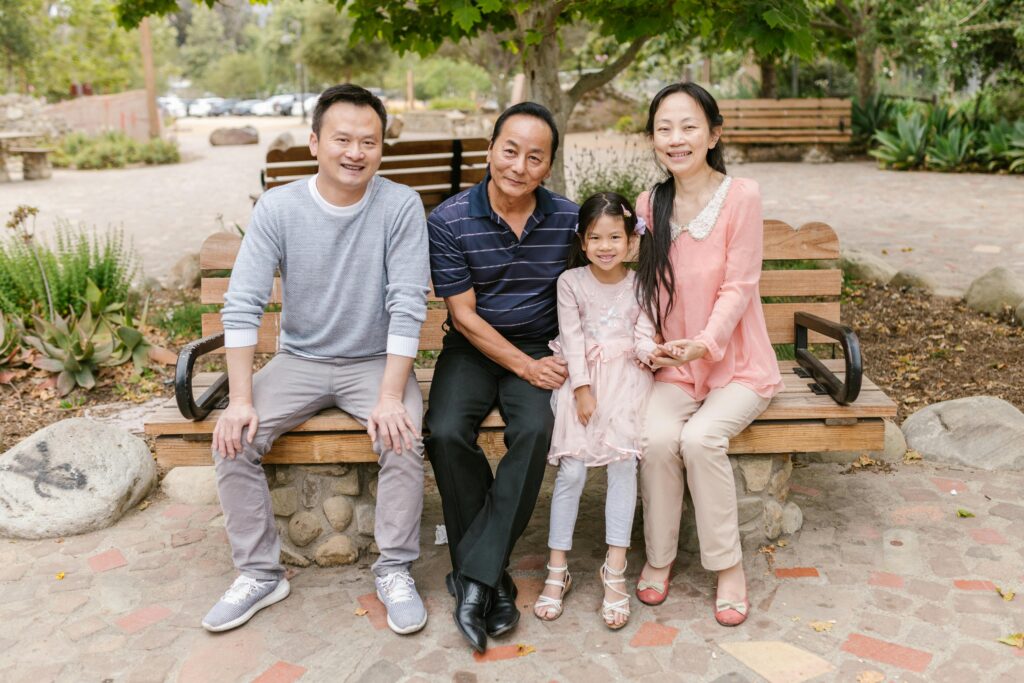Daughters of War: Trauma, Gender, and the Silent Body in Post-Conflict China
Introduction: A Nation Shaped by War, A Gender Written in Silence
China’s complex history of wars, revolutions, and ideological upheaval has left profound marks not only on its political landscape but on the collective psyche, family structures, and gendered experience of embodiment.
In a society where male heirs have traditionally been central to lineage and identity, the absence of sons can trigger deep psychic distress and communal shame. Daughters in such contexts often carry the heavy symbolic burden of standing in for sons—expected to assume masculine roles and display aggression historically reserved for male heirs.
This phenomenon is as much a psychic and psychoanalytic reality as a social one. It represents trauma interrupting the capacity to symbolize experience, with the body becoming a silent site where suppressed conflicts of femininity and survival are enacted.
Survival, Lineage, and the Repression of the Feminine Self
Rooted in Confucian patriarchy, Chinese cultural norms emphasize the continuation of the male family line. When daughters are expected to fill the void of absent sons, they frequently internalize powerful messages of duty, conditional love, and emotional suppression: “Be strong or bring shame.”
Such pressures may result in a “false self” formation, as described by Winnicott (1965), in which women adopt masculine-coded behaviors like stoicism and control—not as empowerment, but as adaptive defenses. Many report feeling disconnected from their authentic femininity, performing roles that conceal inner fragmentation.
Contemporary social media platforms (e.g., Weibo, Xiaohongshu) reveal women grappling openly with this tension: “Am I too tough to be feminine?” Many speak of living behind façades, balancing survival with silent grief for a lost sense of self.
The Mirror of the Superego: Social Media and the Pressure to Be Seen
The family’s traditional role as a mirror of identity has expanded to include cultural and technological forces. Social media functions as a collective superego, reflecting idealized images of success, beauty, and resilience.
Women in public and professional spheres face a double bind: to be powerful yet not threatening, successful yet feminine, visible yet muted in voice. This hypervisibility paradoxically coexists with deep invisibility of authentic experience.
In clinical work, patients often express confusion about their gender identity—not biologically, but as a psychic fracture caused by contradictory social demands and inherited trauma.
Gender thus becomes a battlefield reflecting both external cultural legacies and internal conflicts between authenticity and imposed loyalty.
When the Body Speaks: Trauma and the Unsymbolized Feminine
When trauma resists symbolization, it often lodges somatically. In China, this dynamic contributes to widespread psychosomatic symptoms, reproductive disorders, and depressive states, especially among women.
The body emerges as the first and sometimes only speaker of unresolved trauma. Women raised amid familial silence and unspoken expectations may experience detachment, hypervigilance, or guilt around softness and pleasure—felt as betrayals of the toughness they must perform.
This is compounded by the lasting legacy of gender-selective abortion during the One Child Policy, which casts a shadow that “female” bodies are unwanted or punishable, conditioning subsequent generations to adopt survival strategies that often erase femininity.
Femininity as Empowerment: A New Path Forward?
Despite these challenges, a new generation of Chinese women is beginning to reclaim their bodies, voices, and identities. Through artistic, literary, and digital expressions, they challenge the notion that strength requires masculinity, and softness implies weakness.
This process involves mourning false selves, naming trauma, and negotiating complex intersections of gender, class, and language. Psychoanalytically, it calls for spaces of containment—therapeutic or relational—where the unspeakable can be slowly thought and where the traumatized body can reclaim its voice.
Conclusion: Toward Symbolization, Toward Truth
The daughters of China’s turbulent history bear burdens not of their choosing—historical conflicts, patriarchal expectations, and psychic survival struggles. Their suffering is often silent but deeply encoded in the body, achievements, and compliance.
Yet silence is not absence; it is fertile ground for transformation. Psychoanalysis offers a space where unspoken pain may be named, where bodily speech can be heard, and where new narratives of becoming may emerge.
References
Winnicott, D. W. (1965). The Maturational Processes and the Facilitating Environment.
Kristeva, J. (1982). Powers of Horror: An Essay on Abjection. Columbia University Press.
Benjamin, J. (1998). Shadow of the Other: Intersubjectivity and Gender in Psychoanalysis. Routledge.
Laub, D. (1995). “Truth and Testimony.” In Testimony: Crises of Witnessing, ed. Felman & Laub.
Fong, V. L. (2002). “China’s One-Child Policy and the Empowerment of Urban Daughters.” American Anthropologist.
Gao, X. (2003). Women Existing for Men: Confucian Gender Ideology in Modern Chinese Fiction.
Chinese online discourse (Weibo, Xiaohongshu) on gender and pressure (2022–2024).
Zhang, Y. (2021). Post-Traumatic Femininity in Contemporary Chinese Cinema. Routledge.
